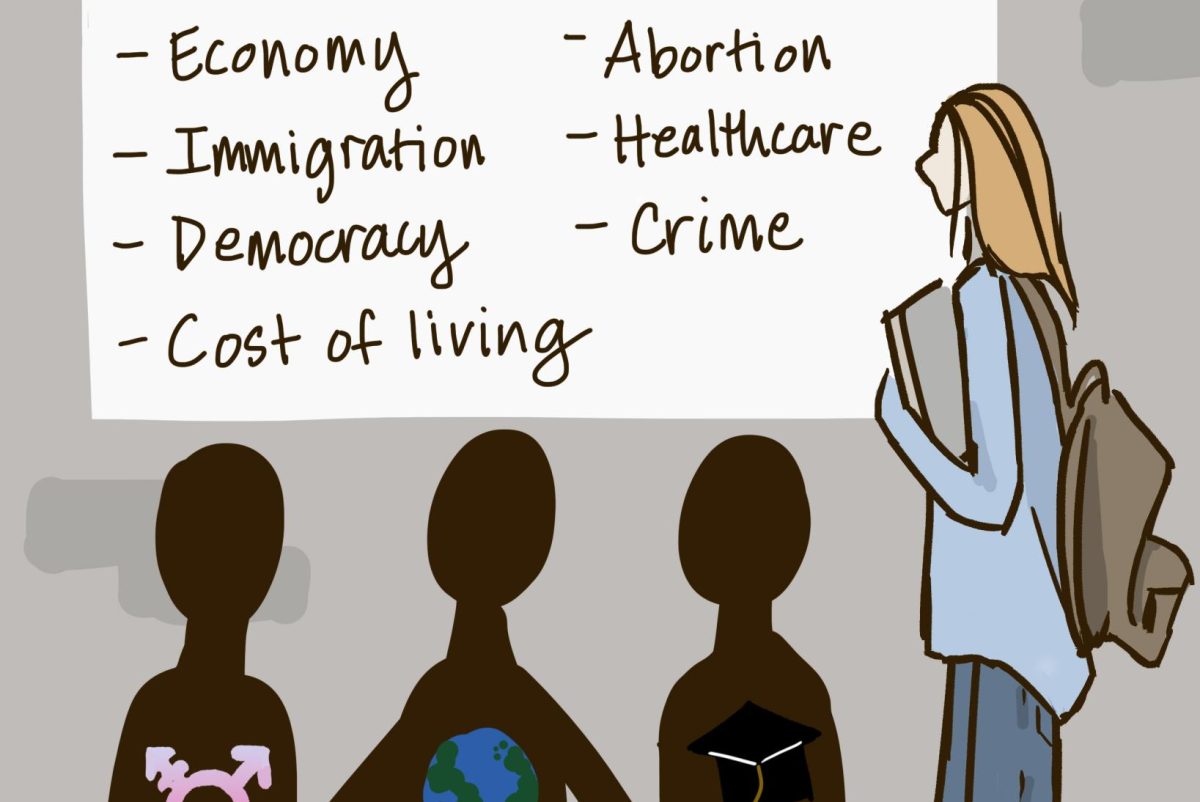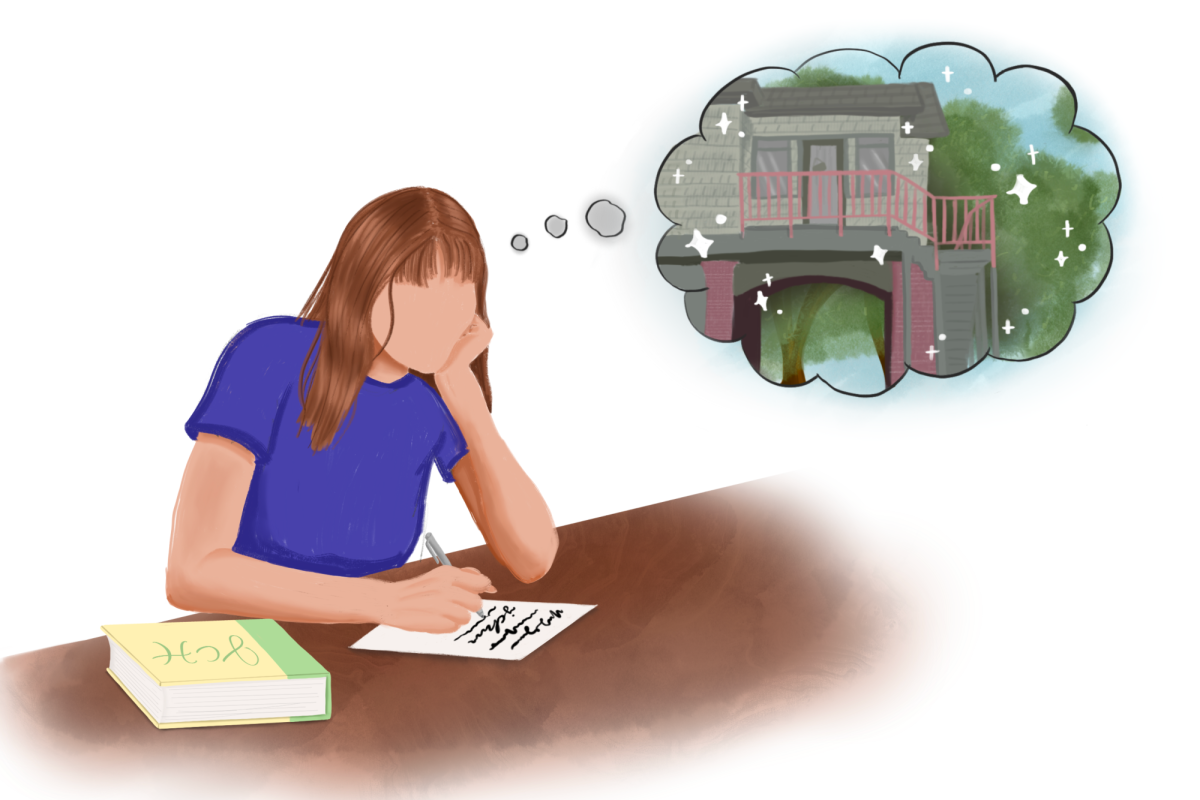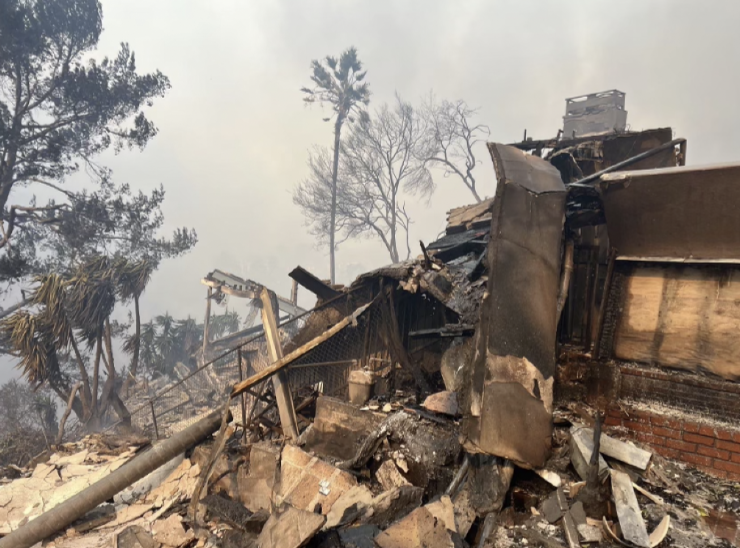On an average but windy Tuesday on January 7, 2025, two major wildfires broke out. These fires spread rapidly, one blazing through the Pacific Palisades and Malibu, and the other torching Altadena. Surrounding neighborhoods also suffered. In this path of destruction that covered around 40,000 acres, nearly 16,000 structures burned down, according to National Geographic.
Home insurance is essentially the only way to recover financially from such a disaster. It also provides a source of emotional reassurance for the people who lose their property, allowing them to rebuild not just their homes but their lives.
Disappointingly, the California government failed them. Despite previous devastating California wildfires in recent years, the government did not respond by fireproofing structures and communities. So, as the risk for fires in California only continued to increase due to climate change, many private insurance companies simply left.
Indeed, between 2020 and 2022, many insurance companies declined to renew homeowner policies, including 531,000 in Los Angeles County. These insurance companies did so because LA has become increasingly vulnerable to natural disasters. A report compiled by ClaimGuide, an organization in Florida that aims to make insurance fairer and more transparent, found that, in 2024, “California ranks as number one on the list of the most disaster-prone states in the U.S.” Among the listed disasters were earthquakes, floods and wildfires.
In 2022, Allstate Insurance terminated issuing new homeowner’s insurance policies for California residents. The company cited their reasons for leaving as increased wildfire risks and higher home rebuilding expenses. Other insurers followed, with major companies like State Farm, Farmers and USAA either stopping new home insurance policies or withdrawing them in high-risk areas, measured by the probability of crime or natural disasters.
Since 2019, 100,000 Californians have lost their insurance coverage, and in April of 2024, State Farm canceled 1,600 policies in the Palisades. In Altadena, between 2020 and 2022, 8.15% of insurance policies were not renewed.
Without home insurance policies, some homeowners in LA no longer had a safety net to support them in the case of a natural disaster. Thus, many had to resort to the California FAIR Plan. The government designed this plan in 1968 in response to the 1960s urban riots and natural disasters that deterred private insurers from providing coverage in California. By spreading the financial burden of insuring high-risk properties among all private insurer companies across California under the management of a centralized government intermediary, this plan significantly decreased the burden of private insurers.
However, the plan has higher premiums for property owners because it typically insures high-risk properties rather than standard-risk properties. It also caps its coverage, only offering the money needed for the home structure and personal property losses while excluding losses attributable to theft, water damage, and sums needed for rebuilding — including money for materials, construction workers, and fireproofing.
Essentially, the FAIR plan was not meant to cover many people with long-term aid. As such, now people who had lost their private insurance and switched to the FAIR Plan have found themselves without adequate funding to rebuild their homes after the recent wildfires.
My grandmother suffered the loss of her house to the LA fires in the Palisades. Because her private insurer had canceled her policy, my father had helped her switch to the FAIR Plan around two years ago. He said, “I thought everything wrould be okay because I had bought the full package, and many of my neighbors had done the same. However, the loss is much higher than the insurance limit.”
Without adequate funds to rebuild my grandmother’s home, he is still unsure of what to do next.
My father and grandmother’s tumultuous situation reflects the devastating realities of many residents in LA who have recently realized their state insurance does not cover rebuilding their homes.
The California government must rectify this as wildfires will only become more frequent in the state. Frances Arnold, Caltech’s Linus Pauling Professor of Chemical Engineering, when asked about wildfires in California, said, “This threat to lives and livelihoods is growing as we confront the effects of climate change.”
Consequently, the home losses sustained from wildfires will likely increase in the future, impacting more people each time. Therefore, the California government must be better prepared than before, beginning with its insurance. The state must entice private insurance companies back to California by fireproofing homes and schools.
Fireproofing a home, such as installing metal roofs and stucco walls that resist fire compared to wood, will be more expensive in the short term. But it will be cost-efficient: in the event of a second fire, the losses will be significantly less.
Following the devastating 2018 Camp Fire—the deadliest fire in California’s history that destroyed the town of Paradise in Butte County—many private insurers left because of the increased risk. However, in the years following the fire, Butte County rebuilt its structures with fireproof roofing and other installations. By doing so, Paradise decreased its risk of future wildfire damages, thereby enticing some insurance companies to return.
Before the wildfires, Los Angeles County was already facing a housing shortage crisis. Now with thousands of houses needing rebuilding, California’s government should cover the cost of fireproofing these houses, which could very likely entice back insurance companies. By doing so, this state will be better prepared to resist wildfires in the first place, and, if needed, rebuild after them.

























